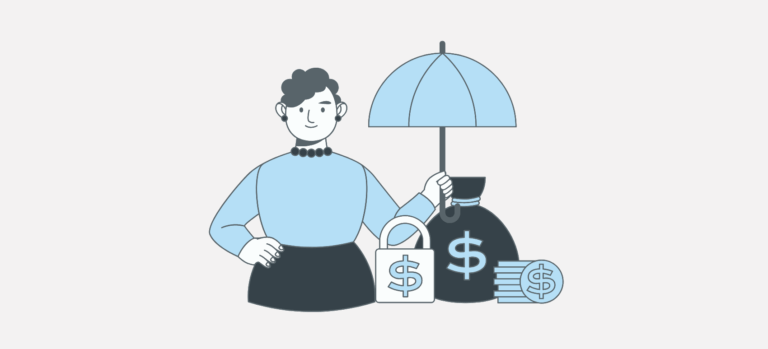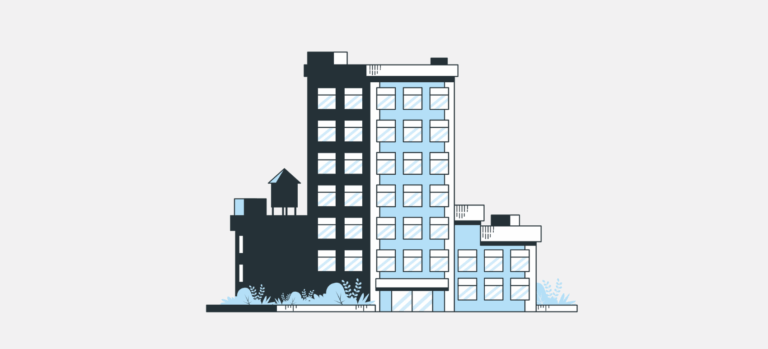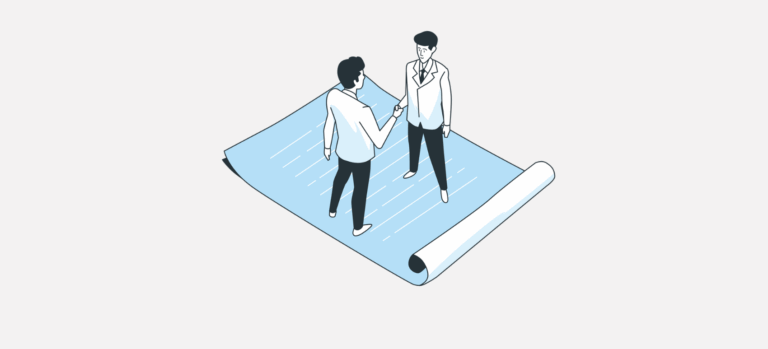How do you calculate an OASI pension?
In Switzerland, the OASI pension is the cornerstone of the retirement system and represents the first pillar. Its amount varies from one insured person to another depending on precise parameters such as the length of contribution, the average annual income, and certain pension credits. In the following sections, we present in a structured way the steps involved in calculating an OASI pension:
Conditions for receiving an OASI pension
1. Having been subject to OASI contributions
Insured persons must have been affiliated to the Swiss OASI system during their working life, whether they live in Switzerland or abroad under certain conditions (e.g. cross-border workers or expatriates working for a Swiss employer).
2. Having paid OASI contributions
Contributions start on January 1st following the 17th birthday for persons engaged in gainful employment, and on January 1st following the 20th birthday for persons without gainful employment.
The full contribution period is 44 years. Any shortfall in contributions will result in a proportional reduction in the amount of the pension.
3. Reaching reference age
Since the OASI 21 reform, the retirement age has been set at 65 for both men and women (with a transitional phase for generations close to retirement).
It is also possible to draw an OASI pension up to two years earlier (early retirement) or up to five years later (deferred retirement) than the ordinary retirement age.
The Average Annual Determinant Income is the basis on which the OASI determines your pension in the 44-scale pension table. In practice, it corresponds to the sum of two averages:
The RAMD is the basis on which the AHV reads your pension in theannuity scale 44. In concrete terms, it corresponds to the sum of two averages:
- 1. the average of your income from work taken into account by the OASI, and
- 2. the average of your bonuses (educational and/or assistance tasks).
Average gainful employment income
The calculation starts from the income recorded in your individual account (CI) throughout your career. For married persons, the income from the civil years of marriage is first divided equally between spouses (splitting) and then included in the individual calculation. This division applies when both spouses are entitled to a pension, in the event of a divorce, or when a widow or widower becomes entitled to a pension.
Average bonuses
- Bonuses for educational duties: a notional income credited for each year in which you have parental authority over a child under the age of 16. As a rule, the annual bonus corresponds to three times the minimum annual OASI pension at the time of entitlement. It is divided between the parents in accordance with OASI rules.
- Bonuses for care work: credit granted when you have provided care to a dependent relative, calculated on the same principle (triple the minimum annual pension), under specific conditions.
Taking potential gaps into account
Once the determining average annual income (RAMD) has been established, it is compared with the official OASI pension table (scale 44). This table indicates, for each level of average income, the amount of pension to which an insured person is entitled if he or she has completed a full period of contributions.
If the insured person’s career does not cover the full 44 years, the pension calculated from the Average Annual Determinant Income is reduced proportionally. For example, a 40-year career corresponds to about 91% of a full pension. In this way, the Average Annual Determinant Income determines the level of the pension, while the contribution period determines whether this amount will be paid in full or reduced in the event of gaps.
OASI 2025 figures
- The maximum AHV pension is CHF 2,520 / month
- The minimum AHV pension is CHF 1,260 / months
- The maximum determining average annual income is CHF 90,720
Add potential children's pensions
In addition to the old-age pension, the OASI provides a supplementary benefit for parents who still have dependent children: the child pension. It is paid for each child up to the age of 18, or up to 25 if the child is in education or training.
The amount of this pension corresponds to 40% of the main pension of the beneficiary parent. If both parents receive an OASI pension or a disability pension, the child may be entitled to two child pensions. However, the OASI sets a ceiling: the total of the two child pensions cannot exceed 60% of the maximum pension.
Check the pension supplement for the transitional generation
The OASI 21 reform, which came into force on 1 January 2024, gradually raised the retirement age for women to 65, in order to align it with that of men. To avoid disadvantaging those already close to retirement, a pension supplement has been introduced for the so-called transitional generation.
This supplement is for women born between 1961 and 1969. The amount depends on both the year of birth and the average annual income. The closer the date of birth is to the limit (1969), the lower the supplement.
In practice, the supplement ranges between about CHF 50 and CHF 160 per month for a full pension. It is paid for life and is added to the amount of the OASI pension calculated according to the ordinary rules.
Tools for calculating AHV pensions
The calculation of an OASI pension is a complex process that requires the integration of multiple parameters such as the income recorded in the individual account, the pension credits for child-rearing or care, the exact length of contributions, and more. In practice, it is difficult to obtain a reliable estimate on one’s own.
The OASI provides ESCAL, an online OASI pension simulator. This tool, which is accessible anonymously, is based on basic information such as date of birth, annual gross income, sex, marital status, nationality and domicile, planned retirement date, possible presence of children, and OASI affiliation. From this data, it calculates a theoretical pension.
The tool provides an order of magnitude, but not a legally enforceable calculation. To obtain an accurate projection that can be used for financial or estate planning purposes, you can request a estimate with your compensation fund. As a second step, it is advisable to have the amounts checked by a pension specialist.
Frequently asked questions
The calculation is based on 3 main factors: the total period of contributions (44 years for a full pension), the average annual income and any bonuses for educational or care duties.
It is the average income subject to OASI contributions, revalued in line with the pension index, plus bonuses. This figure determines the level of the pension.
Each missing year results in a proportional reduction in the pension amount. For example, four missing years out of 44 reduce the pension by approximately 9 %.
The monthly pension amounts to a minimum of CHF 1,260 and a maximum of CHF 2,520 for a single person. For a married couple, the total of the two pensions is capped at CHF 3,780 per month.
With the OASI 21 reform, the retirement age for women has been raised to 65. Women born between 1961 and 1969 receive a lifetime pension supplement, the amount of which varies depending on the year of birth and the Average Annual Determinant Income.






